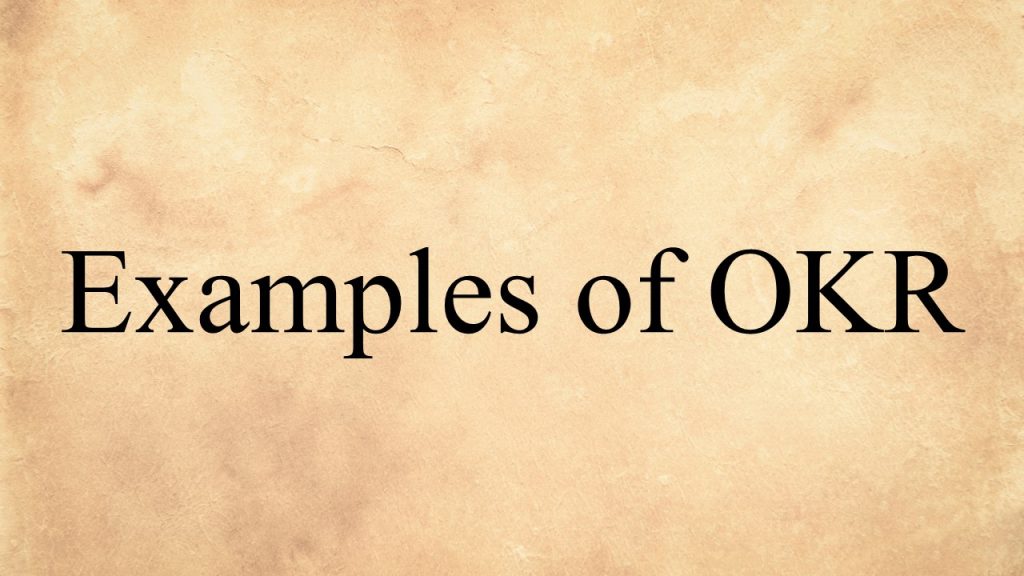Examples of OKR

Here are some examples of OKR (Objectives and Key Results) that an organization could set:
Increase sales revenue by 20% in the next quarter
- Objective: Increase sales revenue
- Key Results:
- Achieve a 15% increase in customer acquisition
- Increase average order value by 10%
- Launch 3 new products that contribute to revenue growth
Improve employee engagement and satisfaction:
- Objective: Improve employee engagement and satisfaction
- Key Results:
- Conduct employee satisfaction surveys and analyze results
- Implement a recognition and rewards program for employees
- Increase employee participation in training and development programs by 25%
Enhance customer experience:
- Objective: Enhance customer experience
- Key Results:
- Reduce customer complaint resolution time by 50%
- Increase customer satisfaction score from 80% to 85%
- Implement a customer feedback system and act on customer feedback to improve customer experience
These are just a few examples, and OKRs can be tailored to specific organizational goals and objectives. The key is to ensure that the objectives are specific, measurable, achievable, relevant, and time-bound (SMART).
#nilakantasrinivasan-j #canopus-business-management-group #B2B-client-centric-growth #OKR
